November 16th, 2015 by Rachel | Tags: Disability, Peace Corps | No Comments »
Last February, shortly after I gave a presentation on my Community Needs Assessment at In-service Training, Alex came to me and said, “I want you to come to my post and help me start a disability group and train healthcare workers to work with persons with disabilities.” Alex mentioned to me that in his compound, there are two persons with disabilities and a number of others in his village. He told me that some have never seen the lake before which is located right by the village. After several months of coordinating the training and set up with the help of my counterpart, Ruth, Alex’s counterpart, and a couple people from Peace Corps, I finally had the opportunity to travel to a little village in southern Adamawa, Mbakaou, where Alex is posted to train healthcare workers and change agents how to work with persons with disabilities when it comes to HIV, malaria and nutrition issues and start a support group.
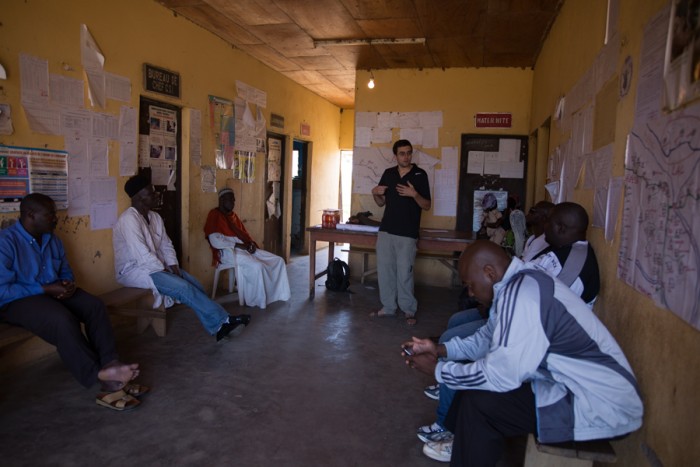
The training was conducted over the course of two days at the local health center in the village. There were ten attendees total although eight showed up on both days and one came on the first day and the other came on the second day. While we had the chief of the health center, nurse, vaccine campaigner, and a healthcare worker, we also had ordinary locals who simply wanted be change agents by making contributions to their community. These locals included a barber, chief of Muslims, business woman, farmer and minister.
On the first day, Alex and I educated them on the definition of disability, different types of disabilities, causes of disabilities and statistics. We also conducted three activities to help them better understand what it is like to live with the disability.
For the first activity, I asked everyone to fold back the middle finger and have it pressed against the table while the other fingers sit straight out. Then I ask them to lift up the thumb, pinky and then index finger, each finger at a time. Then I ask them to lift up the ring finger, which was impossible.
The second activity was such a success that gave all the attendees an “aha” moment. I handed out two pieces of paper to all attendees. I asked them to write their name on the paper. Then I asked them to write their name with the hand they do not normally write with. I then asked them how was writing with their non-writing hand. They said it was kind of hard. Then I asked them to put the paper on their head and write with their normal writing hand. They then all said it was hard. I said, “Well, imagine what it’s like for persons with disabilities to live with an inability to do something.” Then I asked them to put the paper on top of their head again and write with their non-writing hand. They were all absolutely hysterical and expressed a great amount of frustration in not being able to write normally. “This is the reality of the life of many of those with severe disabilities. Imagine if you were in that situation,” I said.
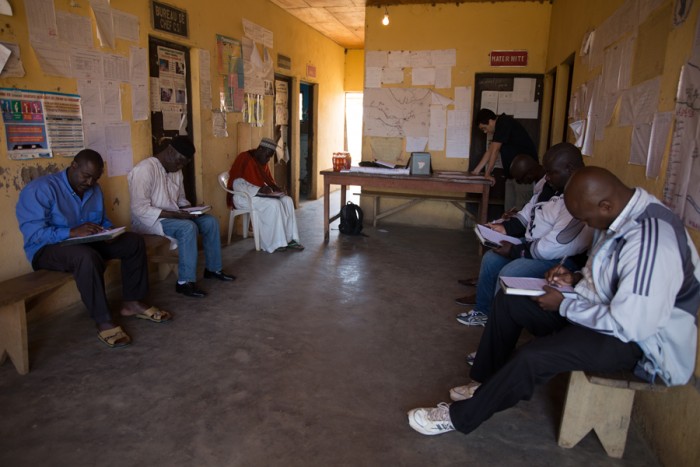
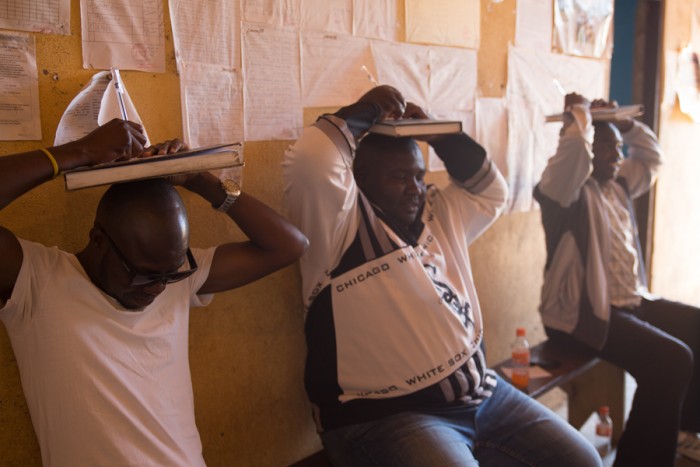
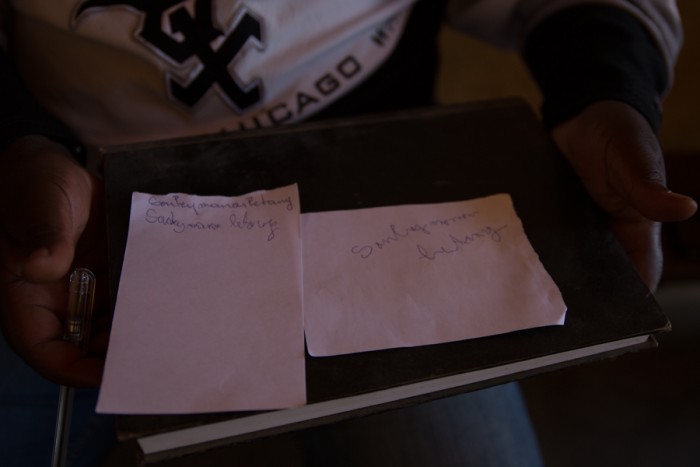
Note the difference in the quality of the handwriting when writing with the writing hand vs. non-writing hand and writing with the writing and non-writing hand on the head.
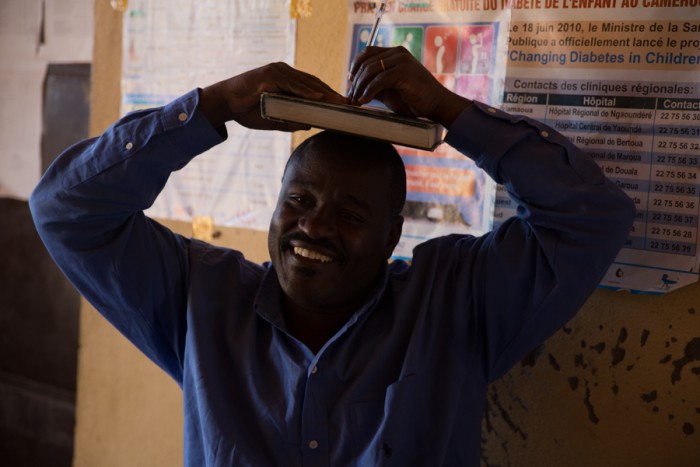
For the third activity, I gave everyone two cotton balls and ask them to put them in their ears. Then I asked one of the attendees to read a passage. Then I asked them if they were able to understand what they were hearing. They said they struggled to understand what was being said. “Imagine those who have hearing loss or deaf,” I told them.
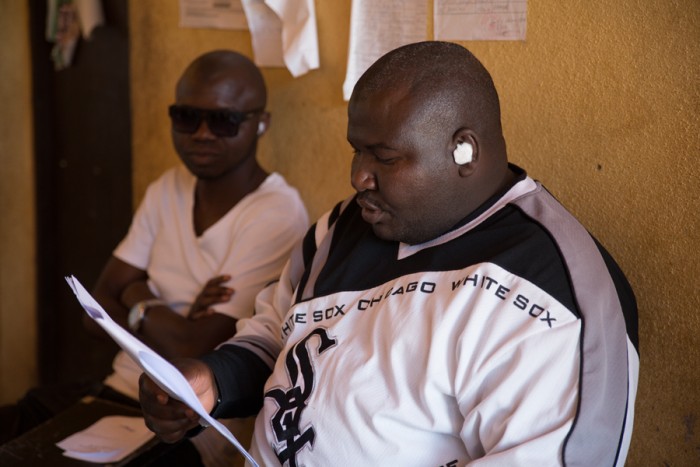


On the second day, we went in depth about the issues that persons with disabilities face in getting education, services and treatment for HIV/AIDS, why persons with disabilities are just as vulnerable as children and pregnant mothers for malaria, and why persons with disabilities face serious malnutrition.
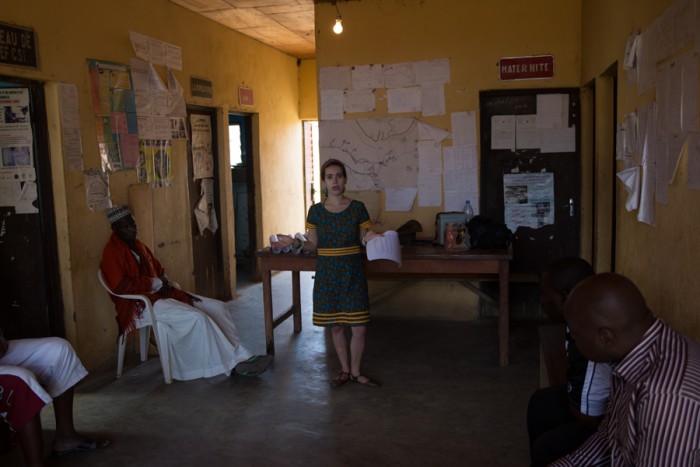
After sharing the information, we conducted another activity to demonstrate the difficulties of living with a disability, specifically blindness. We split the attendees into four groups and handed a handkerchief to each group. One person in each group had to cover the eyes with the handkerchief. The other group members had to assist the person wearing the blindfold. Each group stood a couple meters from the entrance of the health center. They all had to race to the entrance of the health center. They certainly couldn’t leave the persons wearing the blindfold behind. The persons wearing the blindfold had to reach the health center. While those who were unable to see struggled to walk to the health center, those who assisted saw the struggles too. The expressed a great amount of frustrations.
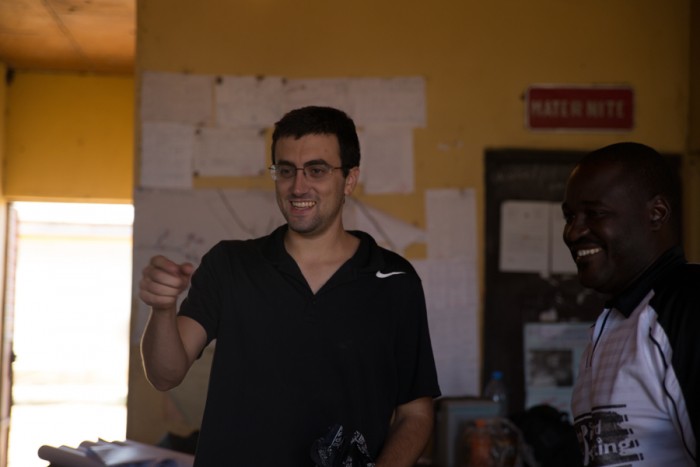
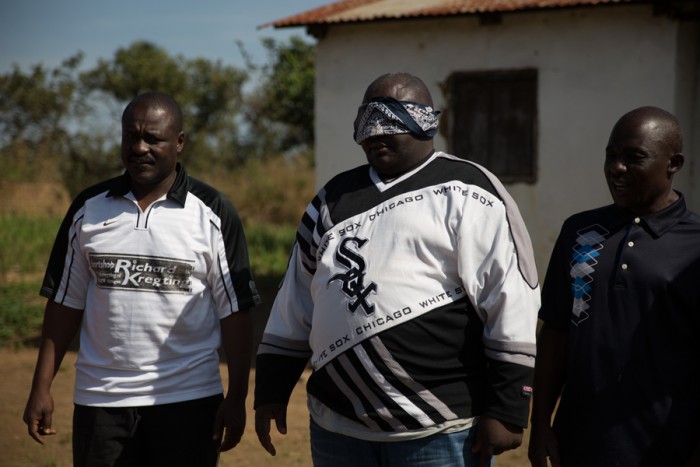
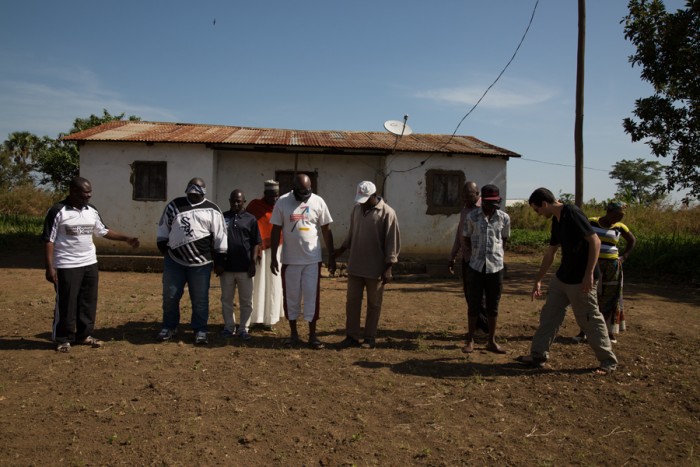
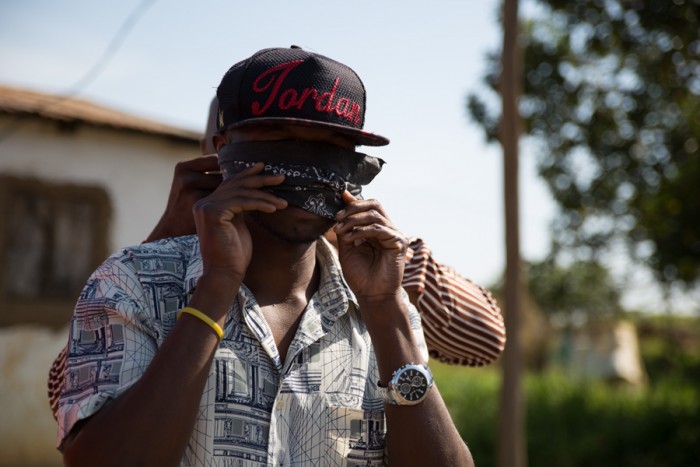

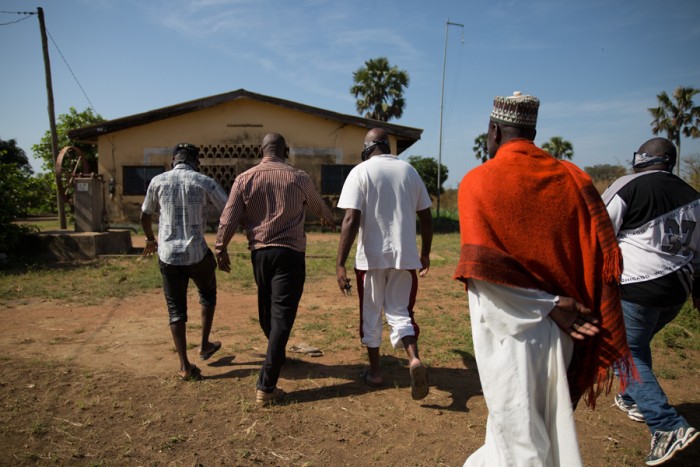
After the activity, we asked them what can we do to improve the quality of life for persons with disabilities by providing them better access to services and education. Many of them strongly suggested starting a support group. They set up an action plan. We all agreed to reconnect two days later and attendees would bring in persons with disabilities to start the group.

The attendees also completed the pre- and post-tests. The results were quite interesting. On the pre-test almost everyone have not worked with persons with disabilities. Only two have worked with them. More than havlf said that persons with disabilities are not sexually active. Half said that persons with disabilities are not vulnerable to HIV/AIDS. All except for two responded correctly that women with disabilities can be pregnant. Some did not indicate that persons with disabilities are vulnerable to malaria like pregnant women and children although many did indicate that persons with disabilities are vulnerable to malnutrition.
On the post-test, everyone responded that they would like to work with persons with disabilities. Everyone responded correctly that persons with disabilities are just as sexually active as persons with disabilities and vulnerable to HIV/AIDS. All responded correctly that women with disabilities can be pregnant. All correctly indicated that persons with disabilities are just as vulnerable to malaria and malnutrition as other populations.
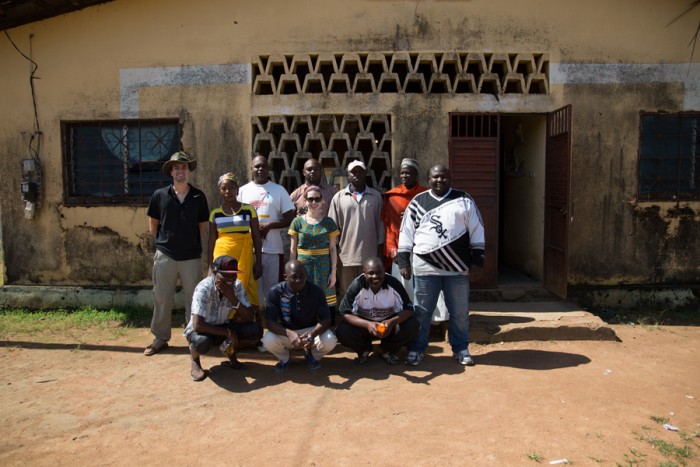
We reconnected two days later and three persons with disabilities along with several of those who attended the training came. We created an outline of goals and objectives and a list of activities to conduct in the group which included conducting education on health issues and trainings on income generation activities. They also set a date for all of them to come together again which will be at the end of the week. They encouraged each other to bring in more persons with disabilities as there is certainly a high number of them in the community.
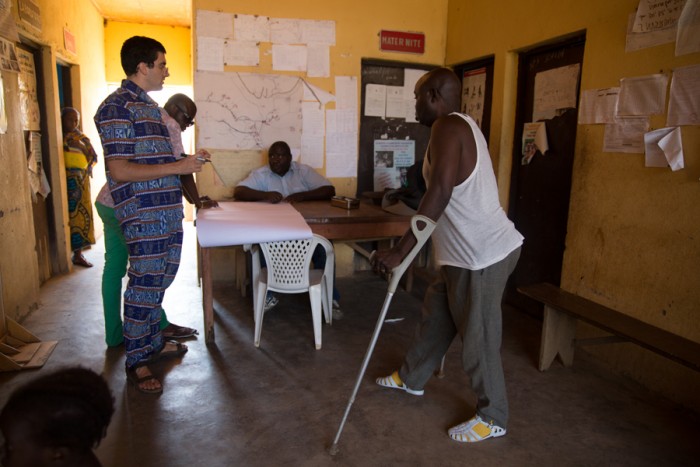

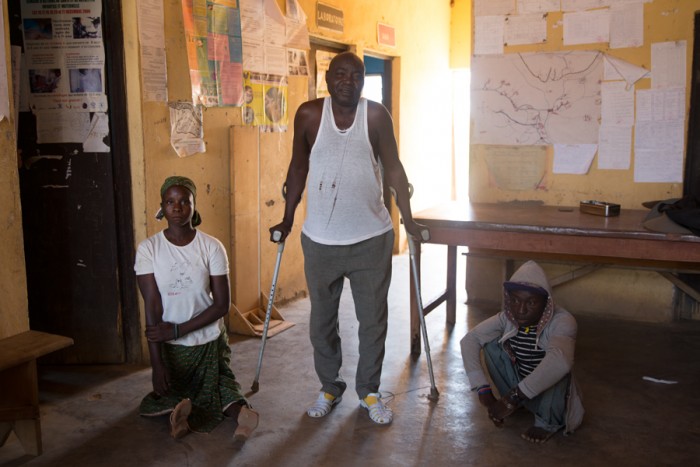
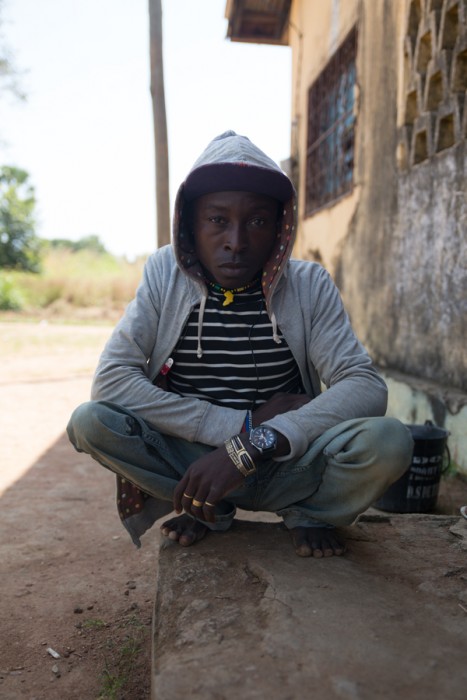
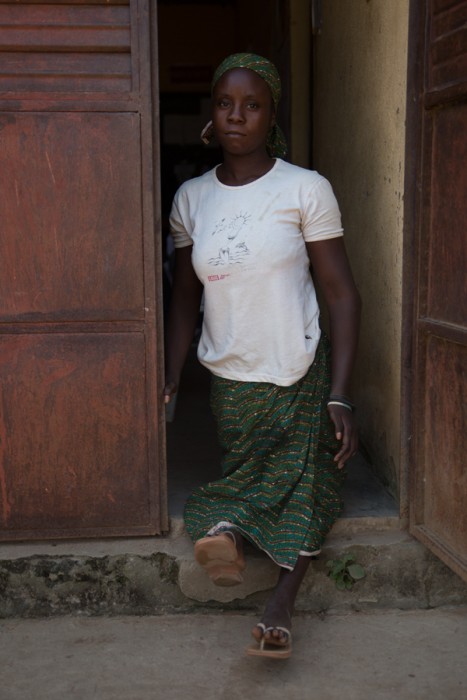
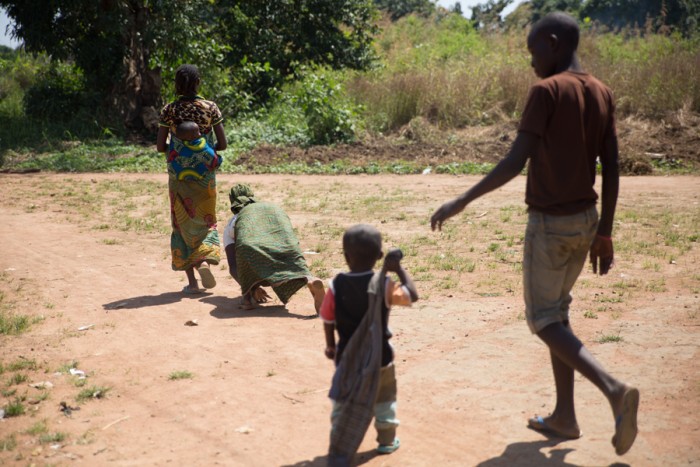
Note that one of the persons with disabilities walked on her hands and legs to the health center.
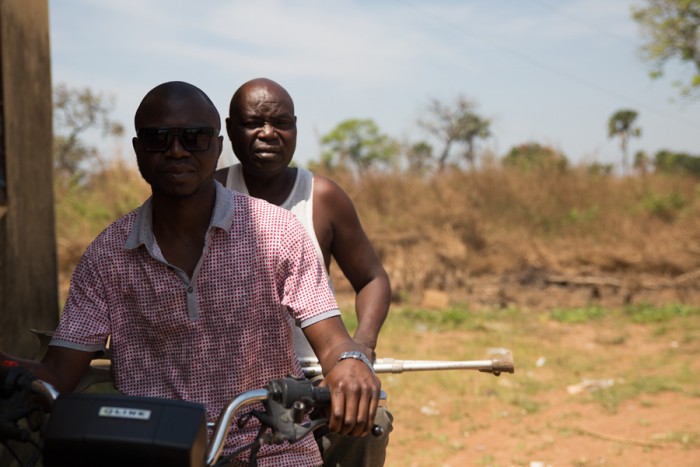
A couple of the attendees brought the persons with disabilities on their motorcycles.






